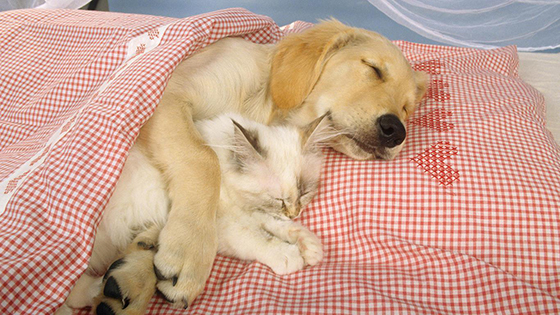Cosplay, an artwork shape wherein enthusiasts don costumes and add-ons to emulate characters from their preferred media—be it comedian books, films, anime, or video games—has developed substantially over the past few a long time. Originating as a niche hobby amongst science fiction and delusion aficionados in the usa, cosplay has grown into a international phenomenon, influencing mainstream pop culture and becoming an indispensable a part of activities like comic-Con.
inside the past due Thirties and early 1940s, fanatics of science fiction literature commenced attending conventions dressed as their liked characters, marking the earliest roots of cosplay. This tradition endured through the Nineteen Sixties and Nineteen Seventies, gaining momentum with the upward push of iconic sci-fi franchises like superstar Trek and megastar Wars. the arrival of dedicated fan conventions furnished fertile ground for this creative expression, permitting fans to immerse themselves absolutely in fantastical worlds.

The Nineteen Eighties delivered about tremendous transformations. As eastern anime and manga gained significant reputation outdoor Japan, they delivered a brand new wave of characters and testimonies that captivated worldwide audiences. Anime conventions sprang up round the world, offering structures for fans to show off tricky costumes inspired with the aid of their preferred series. these gatherings fostered a feel of network among enthusiasts, similarly solidifying the area of cosplay in fandom way of life.
With the turn of the millennium, advancements in generation and accessibility played critical roles in the proliferation of cosplay. The internet facilitated the sharing of DIY tutorials and crafting techniques, making it simpler for people to create costumes with out professional assistance. Social media platforms amplified this trend, allowing cosplayers to share their paintings with broader audiences, for that reason inspiring others and increasing the reach of the art shape.
Cosplay’s evolution is likewise marked by its growing popularity in mainstream culture. high-profile celebrities and influencers participating in cosplay, coupled with media coverage all through massive-scale events which includes San Diego comic-Con global, have propelled cosplay into the limelight. It has turn out to be not unusual to see themed events at movie premieres, tv display promotions, and even company branding campaigns.

these days, cosplay transcends mere imitation; it represents a fusion of art, performance, and self-expression. Cosplayers regularly positioned great attempt into perfecting their costumes, using abilities in stitching, sculpting, and virtual design. moreover, cutting-edge cosplay regularly contains elements of improvisation and storytelling, enriching the interactive revel in of conventions and public appearances.
The cultural importance of cosplay can not be overstated. It serves as a effective method of connecting individuals through shared hobbies, fostering creativity, and selling inclusivity. As cosplay maintains to conform, it remains a dynamic mirrored image of modern society, taking pictures the imagination of numerous generations and cultures worldwide.